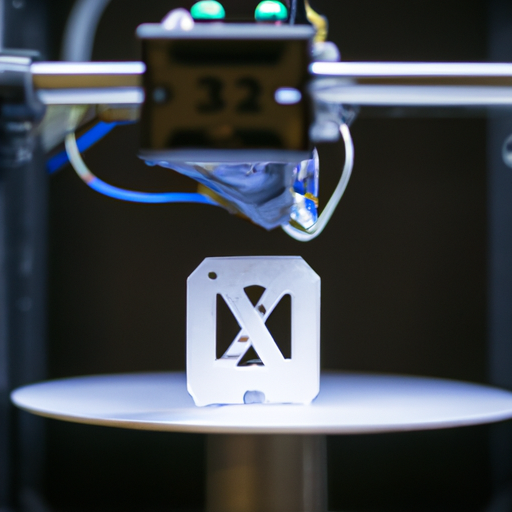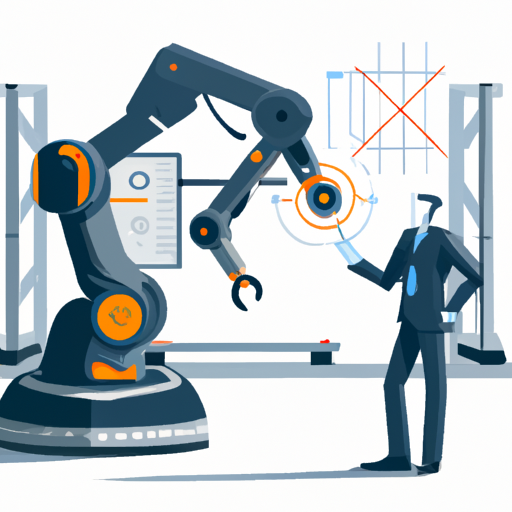The agricultural sector is undergoing a dramatic transformation with the integration of robotics and automation technologies. As the global population continues to rise, the need for efficient and sustainable farming practices has never been more urgent. Robotics in agriculture is reshaping the landscape, paving the way for increased productivity, reduced labor costs, and a more sustainable approach to food production.
The Rise of Robotics in Farming
Farmers today face numerous challenges including labor shortages, fluctuating market demands, and the impacts of climate change. In response, businesses and technologists are increasingly turning to robotics to innovate farming practices. Automated machines and robots are now capable of performing a variety of tasks ranging from planting and harvesting crops to monitoring plant health.
Efficiency and Precision with Automated Systems
Precision agriculture is one of the most significant advancements brought about by robotic systems. Using advanced sensors and GPS technology, autonomous machines can analyze soil conditions, optimize planting patterns, and even apply fertilizers and pesticides with pinpoint accuracy. This not only enhances crop yields but also minimizes waste and environmental impacts.
Enhancing Labor Efficiency
The introduction of robotics has also addressed the ongoing issue of labor shortages in agriculture. Robots equipped with artificial intelligence can handle tedious and physically demanding tasks, thus allowing farmers to redirect human labor towards more critical areas of their operations. For example, robotic harvesters can operate around the clock, ensuring timely fruit and vegetable picking, which significantly boosts productivity.
Reducing Environmental Impact
Robotics in agriculture promotes not only efficiency but also sustainability. By utilizing drones and robotic systems for monitoring and managing resources, farmers can maintain optimal soil health and reduce overuse of fertilizers and pesticides. This leads to lower chemical runoff and a healthier ecosystem.
The Future of Agriculture
As the technology continues to evolve, we can expect an even greater integration of robotics in farming. Innovations such as automated tractors, drone-assisted field mapping, and robotic milking systems are just the beginning. The future of agriculture must embrace these advancements to meet the demands of food production while supporting sustainable practices.
Conclusion
Robotics is not just a trend; it is a fundamental shift in how we approach farming. The adoption of these technologies holds the key to addressing the critical challenges faced in agriculture today. As we look ahead, embracing robotics in agriculture will undoubtedly lead to smarter, more sustainable food production methods.
For more updates on farming technology and advancements, stay tuned to our blog!




